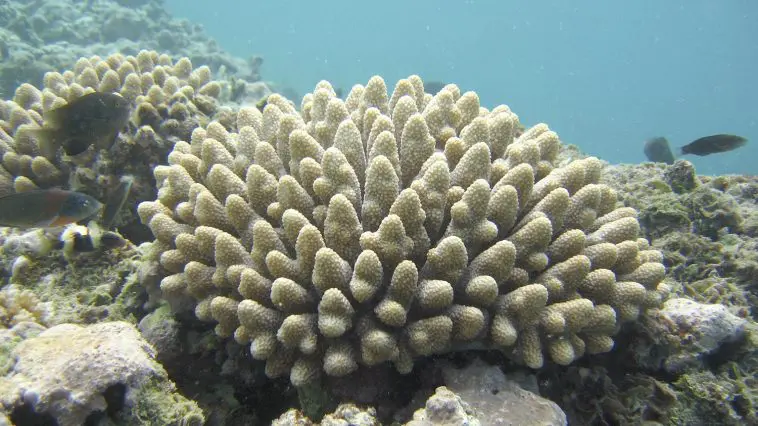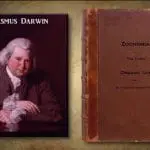[Originally published in 2014 as Yet Another Failed Evolutionary Prediction]
One of the main ways to test the validity of a scientific hypothesis is to use that hypothesis to make predictions.
- If those predictions are confirmed by the data, more weight is added to the validity of the hypothesis.
- If those predictions are falsified by the data, the validity of the hypothesis should be called into question.
When it comes to the hypothesis of evolution (in the flagellate-to-philosopher sense), prediction after prediction has been falsified (see here, here, here, here, and here, for examples). A study published in the Proceedings of the National Academy of Sciences adds to the very long list of failed evolutionary predictions.
In this case, the researchers were studying the phenomenon of apoptosis, which is programmed cell death. In an organism that is composed of several cells, it is important to have a mechanism by which cells that are diseased, very old, or otherwise unstable can be removed. That way, they won’t harm the rest of the organism. This is one of the purposes of apoptosis. When a cell recognizes that it is a potential threat to the organism as a whole, it can release protein-destroying chemicals that cause it to kill itself.
Not surprisingly, the process by which apoptosis occurs is incredibly complex.
Nevertheless, scientists have made a lot of progress in understanding it. We now know that there are specialized enzymes that start the process. They belong to a group called the TNF receptor-ligand superfamily. In this superfamily, there are TNF ligands (collectively called TNFSF) and receptors (collectively called TNFRSF). When the ligands bind to the receptors, a process starts that can either cause the cell to override its programmed cell death or continue with it, depending on other chemical signals that are taking place within the organism.
Now don’t get lost in the terminology here.
The idea is that multicellular organisms must have a way to get rid of cells that might be bad for the organism as a whole. One way this happens is for special chemicals from a group called TNFSF to bind to other special chemicals from a group called TNFRSF. This activates a process that determines whether the cell should continue to be a part of the organism or kill itself for the good of the organism.
The researchers who published this study decided to analyze apoptosis in one of the more “primitive” organisms on the planet, a species of coral called Acropora digitfera. According to the researchers, corals like this species have been around for 550 million years, so it should be a good representative of some of the earliest animals that ever existed on the planet. Given that assumption, the researchers thought that the apoptosis process in corals should be rather simple — at least a lot less complicated than what we see in the “higher” animals such as flies, birds, and people.
To their surprise, they found the exact opposite.
Let’s start with a quote from the abstract, which sums up the results rather well:
The Precambrian explosion led to the rapid appearance of most major animal phyla alive today. It has been argued that the complexity of life has steadily increased since that event. Here we challenge this hypothesis through the characterization of apoptosis in reef-building corals, representatives of some of the earliest animals.
Why do they challenge the idea that the complexity of life has steadily increased since the Precambrian explosion? Because according to their analysis, the apoptosis process in corals is more complex than the apoptosis process in any other organism studied, including people!
By searching the published genome of the Acropora digitfera coral, the researchers found 40 different members of the TNFRSF (the superfamily of receptors involved in apoptosis) and 13 members of the TNFSF (the superfamily of ligands). In other words, they found 13 different ligands and 40 different receptors that control the apoptosis process in corals. Why is that important? Because there is only 1 TNFRSF and 1 TNFSF in fruit flies, and there are only 29 TNFRSF and 18 TNFSF in people. As the researchers state:
Compared with previously published work on members of the TNFRSF, corals contain the most diverse TNFRSF repertoire of any organism described to date, including humans.
If these corals were actually good representatives of some of the “earliest” animals on earth, this tells us the apoptosis process did not get increasingly complex over time. Instead, it deteriorated.
This, of course, contradicts the predictions of flagellate-to-philosopher evolution. As the authors themselves indicate, the apoptosis process was expected to increase in complexity during the evolutionary process. Thus, the number of ligands and receptors in the “higher” animals should be larger than the number of ligands and receptors in the “lower” animals. However, precisely the opposite was found. Indeed, in their supporting information, the authors show the number of ligands and receptors found in 10 species of vertebrates and invertebrates, and there is no evolutionary pattern whatsoever (see Table S4 on page 13).
I am sure that those who want to believe in evolution will produce some elaborate story to explain why the evolutionary prediction failed so miserably in this case. From my point of view, however, it is simply another example of how the hypothesis of evolution is constantly contradicted by the data.







